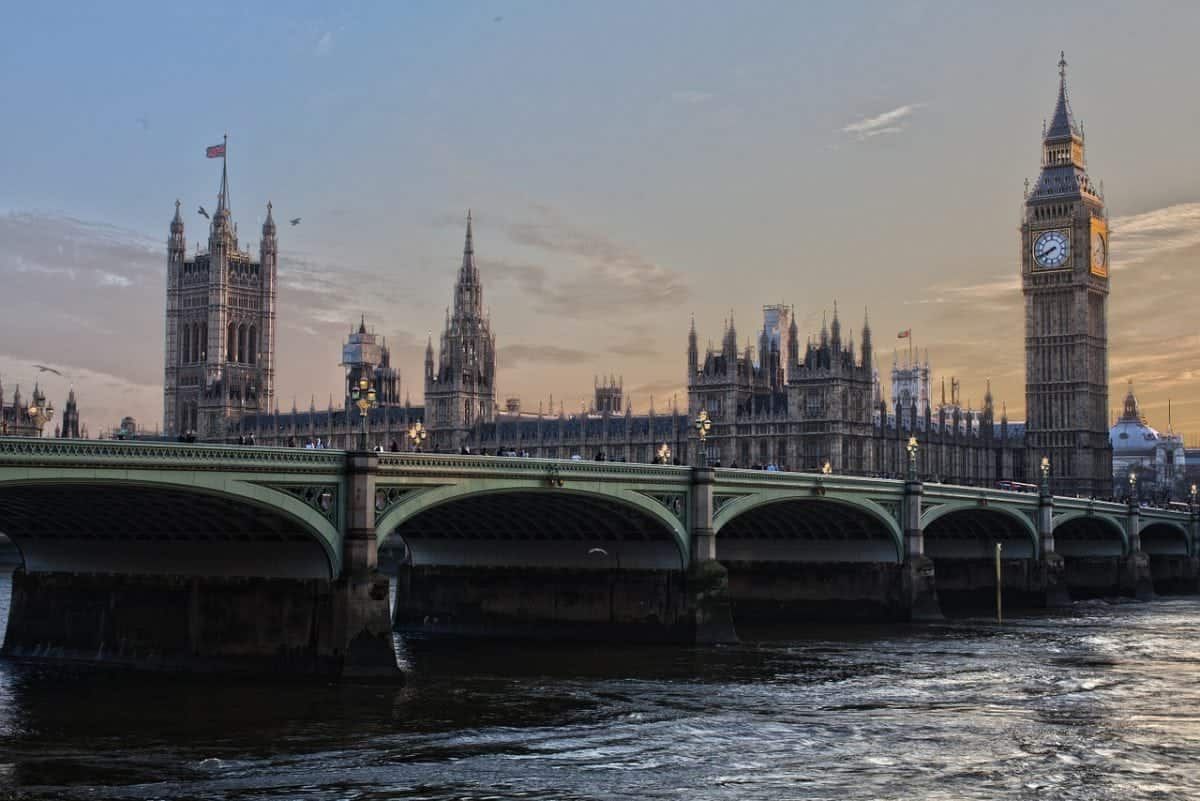
Like all cities, London is constantly changing. New buildings are always being erected, whilst others are torn down. Once-scruffy neighbourhoods have become gentrified and are suddenly desirable places to live. Cities are constantly growing, with immigrants from different countries and cultures helping shape the identity of the city.
Here are some images of London, both from the past and present, which reflect how the city has changed.
London was once surrounded by a wall extending from Tower Hill to Blackfriars. It contained seven main gates: Aldgate, Bishopsgate, Moorgate, Cripplegate, Aldersgate, Newgate and Ludgate.
Several of these places still stand, but Cripplegate was bombed in World War II and destroyed. In 1965, the Barbican Estate, an example of Brutalist architecture, was built in its place.
In the mid-eighteenth century, London began growing at a huge rate. There was overcrowding and poverty. One of the most notorious slums was Seven Dials, an Anglo-Irish area rife with disease, overcrowding and prostitution.
The poet John Keats referred to it as a place “where misery clings to misery for a little warmth, and want and disease lie down side-by-side, and groan together.”
These days, Seven Dials is one of the most fashionable areas in London. The houses have been painted bright colours and house trendy restaurants and boutiques.
In 1800, a wealthy shipowner was outraged at the thefts and delays in London docks. He built the West India Docks, which were encircled by a high wall. Casual dockworkers queued for hours for back-breaking work.
These docks closed in 1980 and in 1987, the towering glass skyscrapers of Canary Wharf were built in their place.
In Roman times, Oxford Street was part of the Via Trinobantina, which stretched between Essex and Hampshire.
In the middle ages it became known as Tyburn Road, located near a village called Tyburn (near Marble Arch) and was a place where public hangings were conducted.
Now, it is an integral part of the bustling metropolis and one of the most popular commercial streets in the city.
In the 13th and 14th centuries, the trendy Borough of Islington was just a small rural village, with tracks leading to the city. One, known as the Back Road, was a drover’s road, which men used when herding their livestock to Smithfield Market.
Liverpool Road, a street lined with upmarket Georgian residences, now stands in its place.
The Houses of Parliament, or the Palace of Westminster, is one of London’s most iconic landmarks. But it’s a relatively new addition to the city. A palace was first built in this location in the 11th century, as a series of stone and timber buildings that expanded over the years.
But in 1834, most of the palace burnt down. Charles Barry redesigned and rebuilt the palace in the Gothic revival style, creating the building we now know and love.
Despite the fact that London is always changing, some things remain the same. Since it was built in 1819 to connect Piccadilly with Regent Street, Piccadilly Circus has attracted crowds of revellers, shoppers and theatre goers.
Of course, fashions have come and gone and carriages have been replaced with cars, but it’s still as busy and bustling as ever.
If you’re feeling nostalgic after looking at these photos, read all about these heartwarming memories of winters past.